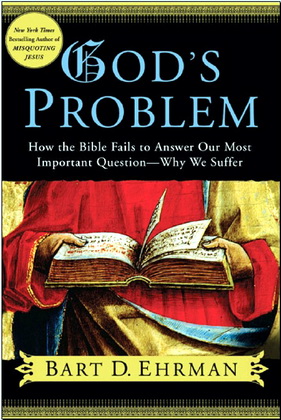
Parker - An introduction to New Testament manuscripts and their texts

Textual criticism and editing of the New Testament have changed dramatically in the last quarter of a century. It is rather more than thirty years since I began my first researches in the field, and during this period of time I have had to learn new approaches in most of the things which I do. There are four main causes for this. Foremost among them is the introduction of the computer. In the last fifteen years the techniques of collecting manuscript evidence, analysing it, and making a critical edition have all undergone their greatest transformation. Secondly, the study of manuscripts has undergone significant changes. It has become plainer than ever before that the examination of manuscripts and of the variant readings which they contain is more than a means to recover a lost original text - it has also a part to play in the study of the development of Christian thought and in the history of exegesis. Thirdly, the publication of new manuscript discoveries continues to challenge traditional views of textual history and of the copying of texts. Fourthly, a number of research tools have been published which place far larger and better resources at the scholar’s disposal than were ever available before. Nor does there seem to be any likelihood of the pace of change slackening in the near future. The advent of digital imaging heralds a new era, in which scholars and students everywhere will be able to view pictures of any page in any manuscript.
With these developments there are signs of a greater variety of scholarship in the field of textual studies. There is and always will be the need for the traditional textual critic, strong on philology and attentive to detail; and anyone working in the field will be wise to nurture these virtues. But there are now also researchers with speed and fluency in electronic media who are bringing new ideas and new skills to the discipline. So long as textual criticism was perceived (largely from outside) solely as the task of restoring an original text, it was always going to be practised only by a few specialists, since there are pragmatic and commercial reasons why very few editions of the Greek New Testament are made in any generation. Now that it is rightly seen as so much more than this, there are opportunities for many more researchers.
Textual criticism has been rather unsuccessful at publicising these changes. The first ports of call, the natural books to go on a student reading list, tend to present ‘business as usual’, describing things very much as they have been for several generations but are no longer. This book offers an account of textual criticism today. I have tried to write a book with as original a shape and as fresh a content as possible. I am more interested in explaining the questions than in providing the answers, with the result that I have regularly become distracted into various exciting forays. The consequence is that this book contains some original research as well as summaries of the state of affairs.
D. C. Parker - An introduction to the New Testament manuscripts and their texts
Cambridge University Press, 2008.- 399 pp.
ISBN-13 978-0-511-41419-0 eBook (EBL)
ISBN-13 978-0-521-89553-8 hardback
ISBN-13 978-0-521-71989-6 paperback
D. C. Parker - An introduction to the New Testament manuscripts and their texts - Contents
List of plates
Links to URLs
Acknowledgements
List of abbreviations
Introduction
PART I THE DOCUMENTS
- 1 The study of the manuscripts
- 2 Practical skills in the study of manuscripts
- 3 Other types of witness
PART II TEXTUAL CRITICISM AND EDITIONS
- 4 Manuscripts as tradents of the text
- 5 Textual criticism
- 6 Editions and how to use them
PART III THE SECTIONS OF THE NEW TESTAMENT
- 7 The Book of Revelation
- 8 Paul
- 9 Acts and the Catholic epistles
- 10 The Gospels
- 11 Final thoughts
Glossary
Index of manuscripts
Index of biblical citations
Index of names and subjects
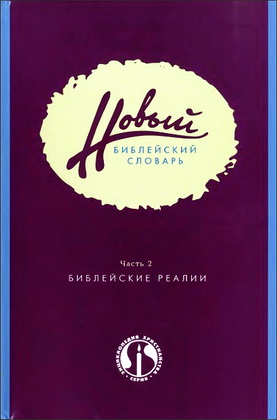
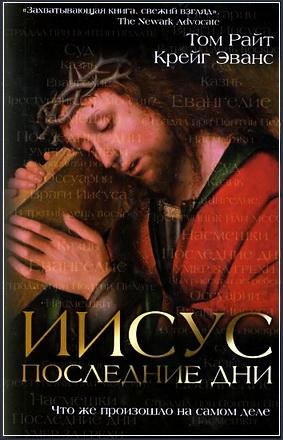
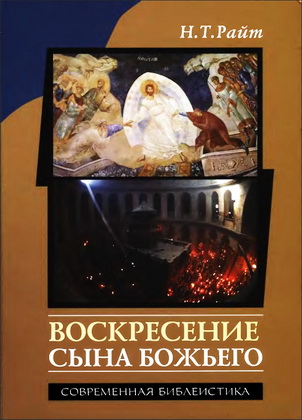
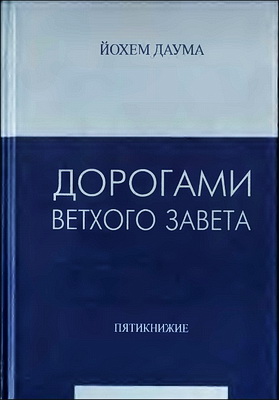
Комментарии
Пока нет комментариев. Будьте первым!